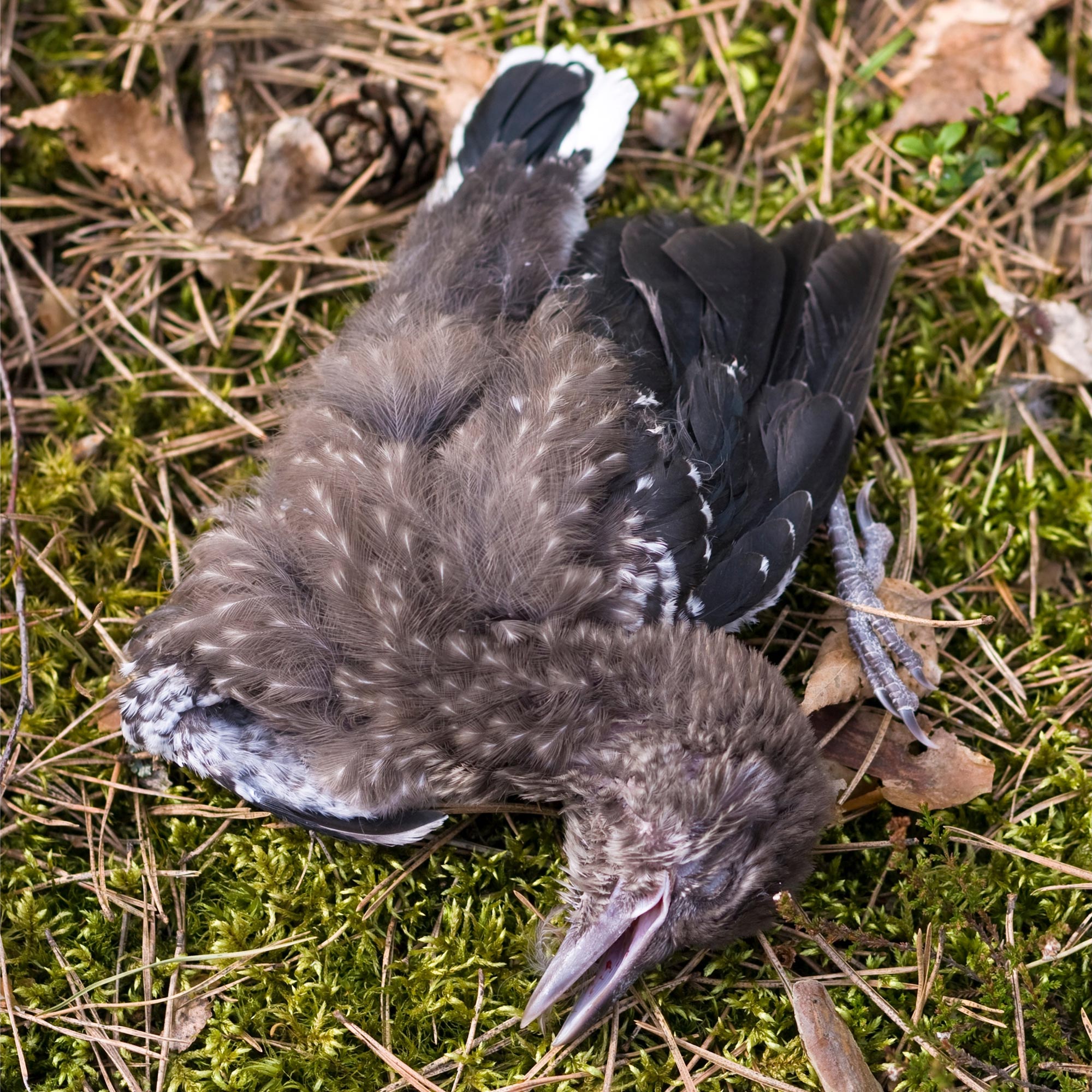Watch Out for These “Super Spreader” Bird Species

Which bird species are super spreaders of avian influenza? New research from Tufts University offers details.
A new study from researchers at Tufts University details which species are super spreaders.
When it comes to avian influenza, more commonly called bird flu, all birds are not created equal.
“The scientific community has become accustomed to speaking about influenza viruses in birds as a group, but birds are an incredibly diverse taxa of animals with different natural history, physiology, and anatomy,” says Jonathan Runstadler, professor and chair of the Department of Infectious Disease & Global Health at Cummings School of Veterinary Medicine at Tufts University.
Runstadler is one of the authors of a new research study, published today (May 19, 2022) in the journal PLOS Pathogens, which takes a data-driven look at influenza viruses circulating among different groups of birds and characterizes which types of birds are involved in spreading the virus. The timing of this paper is impeccable, as a highly pathogenic strain of bird flu has been spreading across North America.

During the current outbreak of highly pathogenic avian influenza, great horned owls are among the species that have tested positive. Pictured: a great horned owl is treated at Tufts Wildlife Clinic in 2019 (for injuries unrelated to avian influenza). Credit: Alonso Nichols/Tufts University
This lineage of bird flu originated around 1996 and was first found in a domestic goose in China. The virus mutated and persisted, and the first big wild bird outbreak happened around 2005 in a major wetland in central Asia. Subsequent changes in the virus led to a 2014 introduction to the U.S. via the Pacific Northwest, severely affecting the U.S. poultry industry and forcing the culling of about 40 million turkeys and chickens as a control measure.
Influenza A virus subtype H5N1 (A/H5N1) is a subtype of the influenza A virus that can cause illness in humans and many other animal species. A bird-adapted strain of H5N1, called HPAI A(H5N1) for highly pathogenic avian influenza virus of type A of subtype H5N1, is the highly pathogenic causative agent of H5N1 flu, commonly known as avian influenza or “bird flu.”
“It was a big blow,” says Nichola Hill, lead author of the paper and an assistant professor of biology at the University of Massachusetts Boston, who worked in Runstadler’s lab at Cummings School for nearly five years. “After it ended, we knew that we were between outbreaks and there was a high probability of an outbreak happening again. We felt we needed to look at long-term, historical data to find patterns and determine which birds are really driving the global spread. So we compared birds at a finer taxonomic scale than prior studies such as wild ducks, gulls, land birds, and geese versus domestic poultry like chickens, and we came up with some really interesting findings.”
Historically, ducks like mallards have been considered super-spreaders of avian influenza, infecting wild birds and backyard poultry alike, and Hill and Runstadler’s research found that to be broadly true. Dabbling ducks are powerful vehicles for spreading the virus and for the evolution of the virus in the wild bird reservoir. They can carry highly pathogenic strains and be completely asymptomatic, plus they swim and fly so they can move the virus in a variety of ways, including into local water bodies.
But there are other birds that play a more substantial role in transmitting the virus. “When we looked at which birds were responsible for spillover into poultry, signs pointed to wild geese, which are really good at amplifying the virus,” Hill says. “We need to understand why in terms of their host pathology, immunity, behavior, and ecology.”

A feeding frenzy of western sandpipers (Calidris mauri) during the mass migration via Cordova, Alaska – a key study site in the paper. Credit: Wendy Puryear
One ecological factor that may play a role is that geese are land grazers and thrive in cities and agricultural settings. Many goose species in North America and Europe are considered pests. “They really are the perfect spillover host because they can make use of human-altered habitat,” Hill adds.
Furthermore, understanding which birds drive long-distance spread may influence how or when the virus enters a new geographic region. For example, the 2014 outbreak entered the United States via the Pacific, likely carried by ducks, but the current outbreak moved in via the Atlantic, and ducks may not have been involved to the same extent.
“The first wild bird detections in 2021 were great black-backed gulls,” says Hill. “Gulls are strong, long-distance, pelagic fliers that take advantage of tailwinds to travel over ocean and move the virus very quickly.”
An outbreak of bird flu of this size and scale has never been seen before in North America. About 40 species of birds have become infected in the current North American outbreak, including…
Read More: Watch Out for These “Super Spreader” Bird Species

